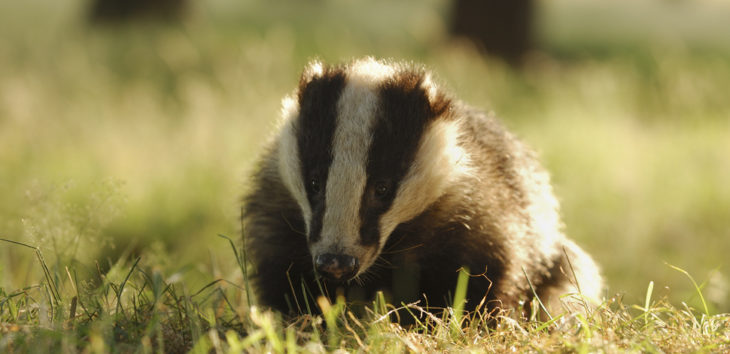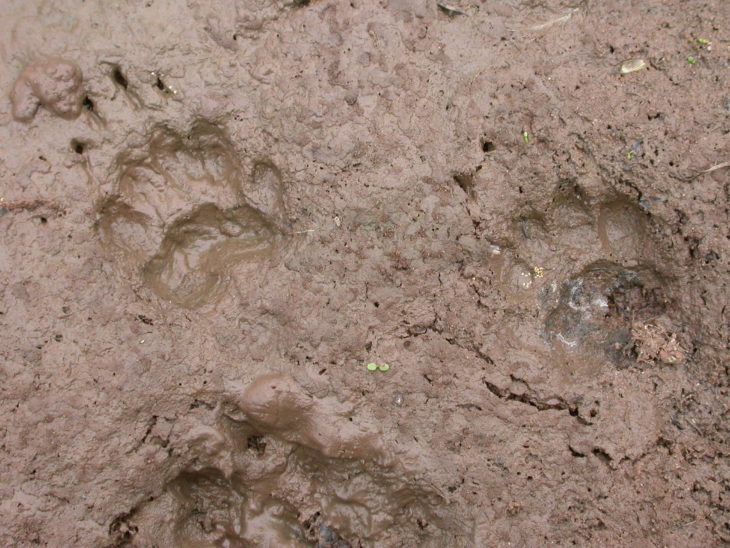How to spot Badger signs
Badgers that we see here are the Eurasian badger Meles meles. The estimated population of badgers in the UK is over 350,000 with 10% of that population living in Scotland.
Scottish Badgers are the only charity in Scotland that protect and conserve badgers, their sets and habitats. This week I went on a “badgers for beginners” course to find out more about this fascinating mammal.
Badgers can live pretty much anywhere that they can dig into the soil to build their setts and have enough food to survive on. In saying that they do prefer to live in ares where there is tree cover and there is a good slope. This provides drainage as well as a way of maintaining temperature within the sett. Tree roots can form sort of rafters for the roofs of tunnels. They often prefer a mixture of arable and pasture land nearby to provide a good range of food sources.

To look for badger setts your best off walking around the outside of the woodland looking for badger paths. These are 20 cm wide paths that the badgers will stick to religiously until they reach their feeding grounds. Due to the constant use and the low set of a badger they are often down to the bare earth. Some obstacles like tree roots will be rubbed smooth and free of moss by the badgers belly’s as they slump over them.
Sometimes on these paths you may be able to find footprints. Badgers have kidney shaped pads with five toes pointing straight up and long non-retractable claws. They have the typical gait of any animal within the weasel family they belong to, leaving a front and back print very close to each other. This double set print is really helpful to ID a badger print.

Following the badger paths may lead you to a sett. This is where the badgers live. They can have more than one sett within their territory but all setts have similar characteristics. Badgers like to build their setts on slopes as this helps with drainage. They dig the tunnels the perfect size for one badger to fit through, creating a characteristic ‘D’ shape so the tunnel is longer than it is wide. Sometimes to really see this you have to shine a torch down the tunnel.
In digging out their sett hey create huge mounds of soil at the entrances. These are known as spoils. These often have discarded bedding material and badger guard hairs in them. These are long white and black hairs that are oval in cross section.
You may notice small holes in the ground often grouped together with poo in them. These are badger latrines or toilets. they can often be found at the edge of a clan (a group of badgers) territory and sometimes you can find one nearer a sett.
At the Falls of Clyde we have around 5 clans onsite. They all live surprisingly close together as there is plenty of food around. However at the moment they are struggling with all this hot weather making their favourite food earthworms go deeper and deeper underground.
Keep an eye out for any badgers near you. However be careful as disturbing a sett or a badger is illegal. If you want to find out more about badgers or what to do if you find one go to the Scottish badgers website.
Cait McCauley, Falls of Clyde Assistant Ranger Intern
Help support our vital work and join us today!
Help protect Scotland’s wildlife
Our work to save Scotland’s wildlife is made possible thanks to the generosity of our members and supporters.
Join today from just £3 a month to help protect the species you love.
Preface
Badgers that we see here are the Eurasian badger Meles meles. The estimated population of badgers in the UK is over 350,000 with 10% of that population living in Scotland. Scottish …
